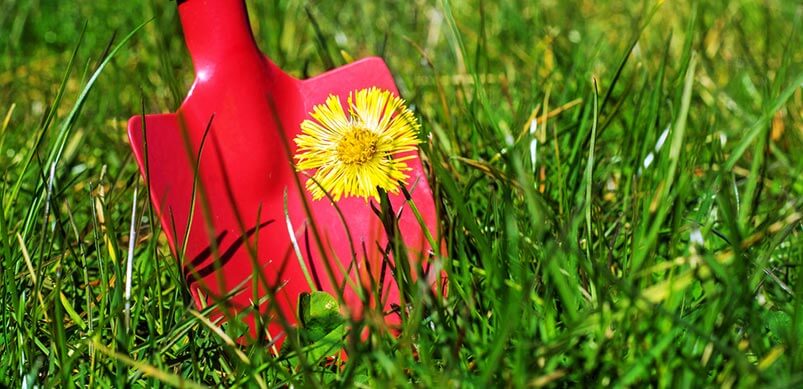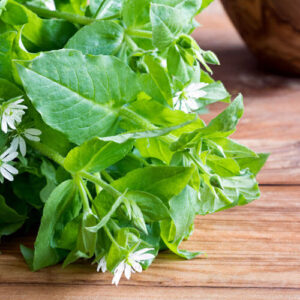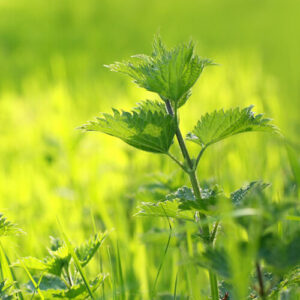
To weed or not to weed: How to tell what needs weeding in your garden
June 7, 2021 | Gardening Tips | No comments
Weeds can be the bane of any garden. When you’re trying to get your outdoor spaces looking ready for spring and summer, the last thing you want are weeds sprouting up and ruining what should be a beautiful display.
But with that being said, the world of weeds can be wonderful as well as wicked. Not all weeds are a terrible thing, some can be a great help when it comes to knowing your garden. Here’s a little advice to help work out which weeds can be left alone… and which ones should be removed, and what tools to use to remove them.
The Good
Believe it or not, the benefits of certain weeds can actually be aplenty. “Good” weeds can attract beneficial insects to spread pollen, can help to protect your soil (as well as fertilise and condition it too) and sometimes they simply invite beautiful flying guests such as ladybirds and bees. So, before you strap on your gardening kneepads and gloves and get down on all fours to begin scouring any and all weeds in sight, here are a few beneficial weeds to help you recognise the good from the bad.

If left alone, chickweeds can have positive and enriching effects on the health of your soil after it dies in the earlier summer months. It can also be useful outside of your garden as well as in it, as chickweed has long been used for healing purposes such as fighting germs, helping to reduce inflammation and much more.

Dandelions are another great weed that can have positive benefits if left alone, as they attract pollinators such as bees and ladybirds which are great during springtime. Dandelions also have a range of health benefits too, such as reducing cholesterol and lowering blood pressure. It’s just a bonus that they’re pretty enough to often be mistaken for flowers too!

If you want to keep your soil well protected, then you should probably think twice before getting rid of any white clovers that are popping up around your garden. Not only do they cover and protect your soil, but they can also be used to fertilise it too, which is a great benefit for vegetable gardens!
The Bad
Of course, there are just as many bad weeds as there are good ones, and removing weeds is a task few gardeners find much joy in. Unfortunately, sometimes there’s simply no other choice if you want to preserve your garden and keep it in good condition. Here are a few of the weeds you certainly don’t want in your garden, and should remove the moment you see them:

One of the most feared weeds, ground elder can be a nightmare. It is extremely invasive and can quickly dominate your garden, wreaking havoc among other plants. It is also quite tricky to get rid of and may take multiple seasons of digging, which is why it’s important to have a weeding tool or an effective hand trowel that can dig deep and make the job as painless as possible.

These might be an obvious weed to get rid of, but nettles can sometimes be tricky to identify until you’ve already stung yourself. Even then, you can earn yourself a whole new serving of stings when trying to get rid of them too! Fortunately, there are weeding tools with long and efficient designs that are great for tackling harmful weeds you don’t want touching your skin.

We know… we already included this as a “good” weed. But, sometimes, the difference between good and bad can be in quantity and placing. A few dandelions certainly have their benefits in your garden, but they can also be incredibly unsightly when they pop up between your paving slabs in full force. To remove these, you’re going to want a narrow and sharp weeder that can slip deep between pavings – leaving even the smallest remnants of roots behind can be enough for dandelions to return in unwanted places.
Of course, there are ultimately countless different kinds of weed that can appear in your garden, and learning about them all may be a never-ending journey. Nonetheless, we hope to have gotten you started on the right foot when it comes to identifying which weeds can stay and which ones should be dug out and cast aside.
If you’re someone who likes to keep on top of the greenery inside your home as well as in your garden, don’t forget to check out our blog post on how not to kill your houseplants too!
Tags: Garden Care, Gardening, Gardening Advice, Gardening Tips

